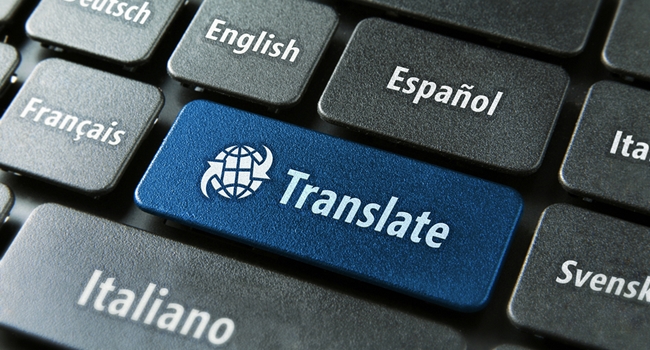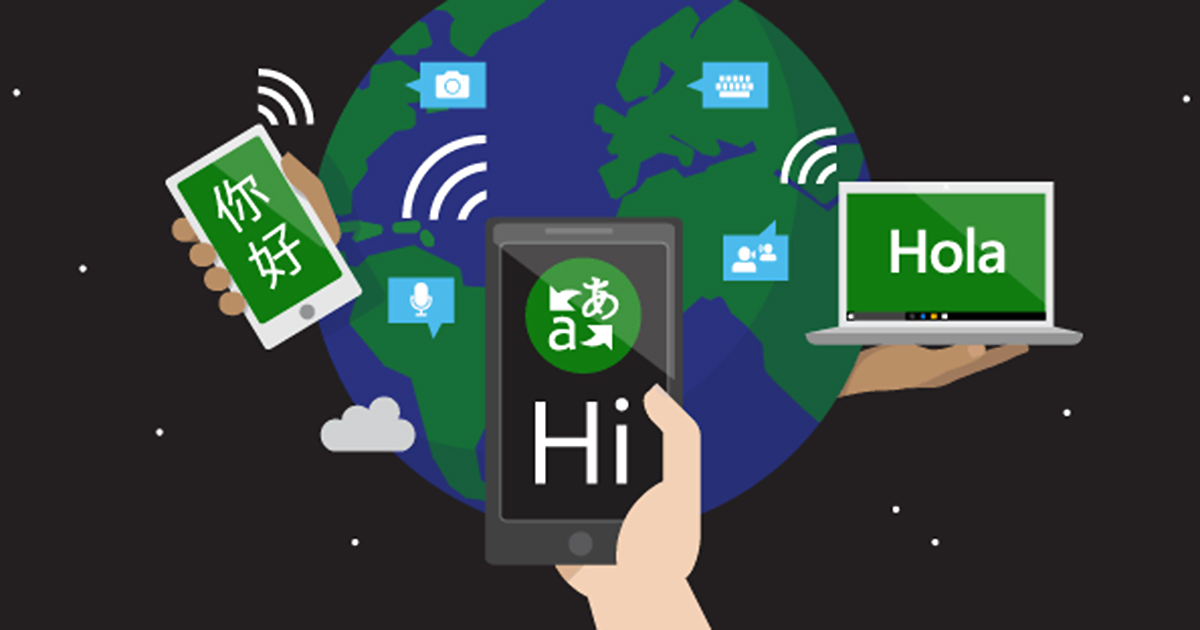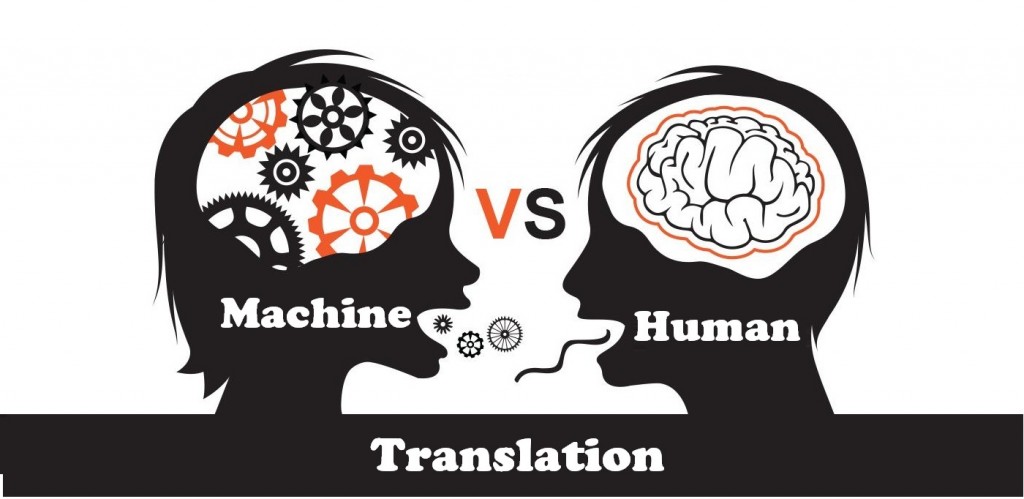By Shadab Khan
Back in the 1950s, computer scientists started solving the problems of a language translator. Since that time, the quality and availability of machine translation have really improved. However, in the showdown of machine translation v.s human translation, how expendable is the latter? Before answering that, let’s first understand what machine translation is.
Machine translation (MT) is an automated software that can easily translate source text into multiple target languages. MT can operate without human supervision and operation or humans can use MT to render speech and text into another language.
MT tools are very commonly used in situations where millions of words need to be translated, which of course, cannot be translated in a short time in the traditional way. The quality of translation by MT depends on the training given in a particular domain and languages. Many translation companies in the UAE use machine translation to help their human translators, cut costs, and increase productivity. There are three common MT systems.

Generic MT
It refers to platforms like Google Translate, Yandex, Bing, and Naver. Such platforms offer machine translation for ad hoc translations to millions around the globe. Organizations purchase generic machine translation for batch pre-translation and then connect their systems through API.
Customizable MT
It refers to machine translation software with a basic component which can be further trained to improve terminology in a selective domain; for instance, legal, medical, etc.
Adaptive MT
This type of machine translation offers suggestions to translators when they are typing in their CAT-tool. It constantly learns from their input in real time. Adaptive language translator improved translator productivity quite well.
Furthermore, there are three common MT approaches.

Rule-based Machine Translation (RbMT)
RbMT systems generally rely on numerous algorithms based on phraseology, grammar, and syntax of a particular language.
Statistical Systems (SMT)
This is coupled with big data and search. SMT developers pattern-match all reference copies to find the most statistically, likely, and appropriate translations as more and more parallel texts become available.
Neural Machine Translation (NMT)
This uses machine learning technology to train the software on how to give the best output. NMT processes a large amount of processing power and runs on graphics units of CPUs. When two or more MT approaches are combined, it is commonly referred to as Hybrid MT.
Scientists and developers working on machine translation believe that due to recent developments and improvements, algorithms of MT work are just as good as any human translator. When there are talks about whether robots will be taking over all human jobs, ‘translation’ is often discussed in the crosshairs.
Do human translators stand a chance against language translators? In 2017, International Interpretation and Translation Association of Korea and Sejong Cyber University decided to put this to test. A contest was held and three machine translation programs were set against a group of human translators. All were given four texts to translate and the results were to be calculated on the basis of logic, organization, language expressions and accuracy. The result? Human translators won by 28 more points. Although the machine translation was quicker and it took about a few minutes to get done whereas, the humans took almost an hour, but the difference between the translations was quite stark.
Here are four reasons why it is obvious that machine translation can never replace human translators.

Machines do not understand cultures
There is absolutely no way that machines can be programmed to understand cultures. Different cultures around the world have very different lexical items which are culture-specific and very unique. Machines do not possess the complexity to understand nor recognize idioms, puns, and slangs. This poses a great challenge for machines whereas, native linguists who are well versed in the languages understand the slang, idioms, puns, and cultural context to offer far more appropriate translation services in the UAE. Only a human translator can understand what words could mean or imply in a given language.
Machines do not relate words to any context
It is very common for a different language to have words with dual meanings and they need context in order to be translated appropriately. Only human translators do this because machines do not understand the context and therefore, cannot understand what the words with dual meanings could mean. When a document containing words with dual meanings is run through machine translation, the result is often inaccurate and faulty translations.
Machines cannot be easily localized for different languages
Depending on the dialect, new phrases keep developing in different languages. Machine translators cannot pick up these evolutions as quickly as human translators can with expertise on localization. The machine needs constant upgrades and updates to constantly ‘learn’ new phrases, words, and context. That becomes quite difficult and costly as a lot of effort and time goes in training them.
Machines cannot imitate tone or style
Every text document is written in a particular style and tone. It can have a poetic, persuasive, or funny style and tone. When it comes to translation, machines tend to miss out on that detail. Only a human translator can match and recreate the tone and style of the document in another language.
Machine translation has come a long way but there is still a long way to go before it can be considered to replace human translation.



